This article was medically reviewed by Erik Kramer, DO, MPH and by wikiHow staff writer, Hannah Madden. Dr. Erik Kramer is a Board-Certified Primary Care Physician at the University of Colorado. With over 15 years of experience, his clinical interests include obesity and weight management, diabetes care, and preventive care, as well as embracing a holistic approach to primary care. He received his Doctorate in Osteopathic Medicine (D.O.) from the Touro University Nevada College of Osteopathic Medicine and completed his residency at Central Maine Medical Center. Dr. Kramer is a Diplomate of the American Board of Obesity Medicine.
There are 10 references cited in this article, which can be found at the bottom of the page.
This article has been viewed 333,433 times.
Is your penis feeling red, itchy, or sore, especially around the head? This condition, called balanitis, is very common in people with uncircumcised penises. Fortunately, it can typically be cured at home by using a mixture of good hygiene and OTC medications. Keep reading to learn how to treat balanitis and when it’s time to see a doctor.
Things You Should Know
- Wash your penis with warm water every day. Practicing good hygiene is often enough to cure mild cases of balanitis.
- Use hydrocortisone cream to relieve itching, or use an antifungal cream to treat a fungal infection if you’re diagnosed with one.
- Avoid irritants by washing your penis with water, not soap, and changing your laundry detergent to a fragrance-free formula.
- See your doctor if home remedies don’t work to cure balanitis.
Steps
Home Remedies
-
1Wash under your foreskin with warm water every day. Many cases of balanitis occur when the head of the penis is poorly cared for and not washed as often as it should be. If you're uncircumcised, get in the habit of washing your penis in the shower daily, or at least 4-5 times a week. Pull back your foreskin and rinse it clean with warm water.[1]
- In medical terminology, the head of the penis is known as the “glans.” You may overhear your doctor or other medical professionals using this term.
- If you feel like not using soap doesn't get your penis as clean as you'd like it to be, use a gentle, unscented soap to prevent irritation.
- Keeping the glans clean will prevent bacteria from building up under the foreskin and will prevent most cases of balanitis.
-
2Take a salt bath to relieve itching and pain caused by balanitis. The glans of a balanitis-infected penis is typically covered in red, itchy blotches, and is often swollen. If you find the condition irritating or painful, try taking a salt bath to soothe the itch. Fill your bathtub with warm—not hot—water, and pour in about 2 cups (400 g) of salt. Stir with your hand until mixed, and soak in the tub for at least 15-20 minutes.[2]
- Do this as often as necessary to manage the discomfort from the balanitis.
- You can also make a saline solution and wash the area with it if you don't want to take a salt bath.
Advertisement -
3Apply a 1% hydrocortisone cream to soothe the itch of balanitis. To use the cream, squeeze out a dollop about the size of a pea onto 1 finger. Pull back your foreskin and smear the cream over the head of your penis until the red, itchy areas are fully covered. Apply twice daily, or as often as directed by your doctor. The cream will soothe the itchy skin and will reduce the itching and swelling over a period of 1-2 weeks. Continue to apply the 1% hydrocortisone for another 7 days after the symptoms have vanished.[3]
- Since the penis is very sensitive, it’s a good idea to speak with your doctor before putting on any medicated creams, including over-the-counter ones.
- If your doctor suspects that your penis is experiencing a mild allergic reaction, they'll likely recommend hydrocortisone.
-
4Try natural remedies after checking with your doctor. There are many natural remedies recommended for balanitis, but very few of them have had studies done to show how effective they are. If you’d like to try any of these natural remedies, check in with your doctor first. Common natural remedies include:
- Applying diluted tea tree oil to the penis head
- Eating more yogurt (a natural probiotic)
- Eating more garlic (a natural antifungal)
- Applying diluted apple cider vinegar to the penis head
- Applying coconut oil to the penis head[4]
Preventing Further Irritation
-
1Use a non-latex condom if you're sexually active. A case of balanitis can crop up as a result of an allergy, and many people have a latex allergy without being aware of it. If you're sexually active and usually use latex condoms, try switching to a non-latex condom. Use non-latex condoms for at least a month. If your balanitis clears up after this time, you can be confident that it was caused by a latex allergy.[5]
- If you're not sure whether or not you have a latex allergy, visit your doctor and ask. They can perform an allergy test in the office.
-
2Wash your hands thoroughly after handling any chemicals. If you work in certain types of factories, industrial settings, or laboratories, you're likely to handle chemicals on a day-to-day basis. Before going to the bathroom or touching your genitals, wash your hands using soap and water. Lather your hands for 10-20 seconds, and rinse them until all the soap is gone.[6]
- If you're concerned that you may have gotten chemicals on your penis, wash it off with soap and water as well.
-
3Change your laundry detergent or stop using dryer sheets. Scented laundry detergents can cause various rashes and skin conditions, including balanitis. Switch to using a fragrance-free laundry detergent. If this doesn't clear up your case of balanitis, try not using dryer sheets when you dry your clothing.[7]
- If you prefer to use scented detergent and dryer sheets in general, try washing and drying your underwear separately. That way, you can use unscented detergent and skip using dryer sheets for the underwear loads.
Medical Treatments
-
1Visit a doctor if your balanitis hasn't responded to OTC treatment. Also schedule an appointment with your general practitioner if you've had multiple cases of balanitis within a period of a few months. Describe the symptoms you've experienced to your doctor. They'll need to inspect the head of your penis in order to assess its color and inflammation. If the doctor can't make an immediate diagnosis, they'll take a swab of the glans and have the skin cells tested in a laboratory.[8]
- The doctor will also inspect the skin on and around your penis to make sure you're not experiencing a case of dermatosis, a more serious skin disease that commonly occurs around the genitals.
- In some cases, your doctor may also refer you to a dermatologist. Since balanitis is technically a skin condition, a dermatologist will have more experience diagnosing and curing the condition.
-
2Use an antifungal cream if you have a fungal infection. If your doctor believes that your balanitis is caused by fungus on your penis, they'll recommend an antifungal cream. To apply the medicated cream, pull back your foreskin and squeeze a pea-sized dollop onto the head of your penis. Rub it in using 2-3 fingers, and roll your foreskin back down. Apply the cream twice daily for 7 days or until symptoms clear up.[9]
- If you have a strong infection, or one that's resistant to OTC medications, your doctor can prescribe you a stronger medicated cream.
-
3Try a prescription-strength steroid cream to reduce inflammation. If your case of balanitis is caused by allergies or a physical irritant, your doctor may prescribe a steroid cream to reduce the inflammation. Unless directed otherwise by your doctor, apply a light coating of steroid cream to your glans once per day for 2-3 weeks or until the symptoms clear up.[10]
- It's not uncommon for steroid creams to be prescribed in combination with either an antifungal or antibacterial cream.
- If you have an infection on the head of your penis—either as a symptom of balanitis or for another reason—do not put on steroid cream. Steroid cream can worsen an infection.
-
4Ask your doctor to test you for STIs if you're sexually active. Most cases of balanitis are not caused by sexually transmitted infections (STIs). However, some STIs do cause balanitis. In these cases, your doctor may suggest treating the balanitis by treating the underlying STI. So, if you're sexually active, visit your doctor and ask them to test you for any STIs. The STIs most likely to cause balanitis include:[11]
- Chlamydia. Treatment for chlamydia includes a round of antibiotics prescribed by your doctor.
- Genital herpes. Treatment for genital herpes includes a daily antiviral medication.
- Gonorrhea. Treatment for gonorrhea includes a round of antibiotics.
-
5Tell your doctor if you're diabetic and have a case of balanitis. If you have diabetes and contract a case of balanitis, it could be an indication that your blood sugar levels are unstable.[12] Ask your doctor to examine your blood levels. If they find that the levels are too low, they'll likely adjust your daily insulin dosage.
- While a changed daily insulin dosage may cure your balanitis, your doctor may also prescribe a medicated cream to decrease itching and inflammation caused by the balanitis.
-
6Talk to your doctor about getting circumcised in the case of frequent balanitis. If you can't seem to clear up a bad case of balanitis, or if your penis gets re-infected often, circumcision may be the most practical option. This will effectively prevent all future cases of balanitis. As a less-drastic measure, your doctor may suggest making a small incision along the top of your foreskin to let more air flow between it and the glans.[13]
- Your doctor will talk you through the complications that can emerge after circumcision. If you're an adult, you'll need a recovery period of about 7-10 days before you can walk comfortably again.
- While this may seem like a big hassle, it's more than worth it if it prevents you from having frequent cases of balanitis.
Warnings
- Never use natural remedies before consulting with your doctor.⧼thumbs_response⧽
- Don't use medical products before consulting with your doctor. They'll be able to tell you which medicated creams will be most effective at clearing up your balanitis. Using the wrong medical product could worsen your infection.[15]⧼thumbs_response⧽
References
- ↑ https://www.mshc.org.au/sexual-health/sexual-health-fact-sheets/balanitis-fact-sheet
- ↑ https://www.mshc.org.au/SexualHealthInformation/SexualHealthFactSheets/BALANITIS/tabid/134/Default.aspx#.XNsO345KjIW
- ↑ https://www.mshc.org.au/SexualHealthInformation/SexualHealthFactSheets/BALANITIS/tabid/134/Default.aspx#.XNnAKY5KjIV
- ↑ https://pubmed.ncbi.nlm.nih.gov/17651080/
- ↑ https://myhealth.alberta.ca/Health/aftercareinformation/pages/conditions.aspx?hwid=zc1071
- ↑ https://myhealth.alberta.ca/Health/aftercareinformation/pages/conditions.aspx?hwid=zc1071
- ↑ https://www.healthdirect.gov.au/balanitis
- ↑ https://www.mountsinai.org/health-library/diseases-conditions/balanitis
- ↑ https://patient.info/mens-health/penis-problems/balanitis#nav-3
- ↑ https://patient.info/mens-health/penis-problems/balanitis#nav-3
- ↑ https://patient.info/mens-health/penis-problems/balanitis
- ↑ https://www.health.harvard.edu/a_to_z/balanitis-a-to-z
- ↑ https://www.mountsinai.org/health-library/diseases-conditions/balanitis
- ↑ https://www.mountsinai.org/health-library/diseases-conditions/balanitis
- ↑ https://www.mountsinai.org/health-library/diseases-conditions/balanitis
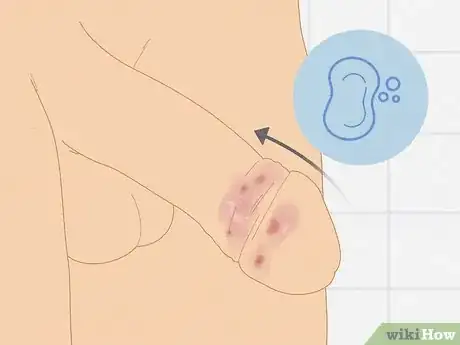

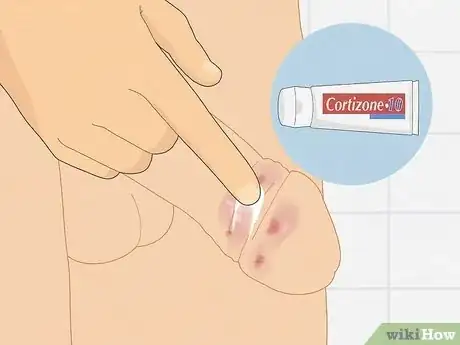

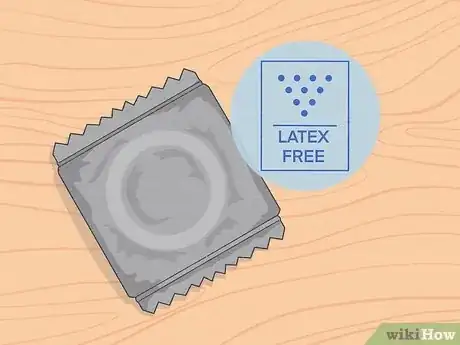
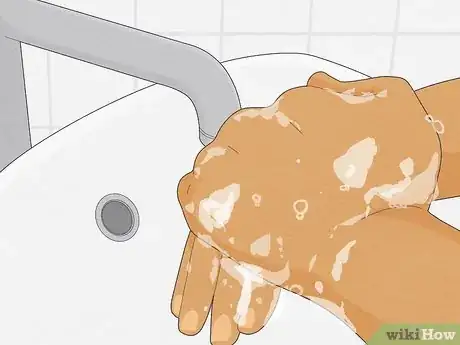

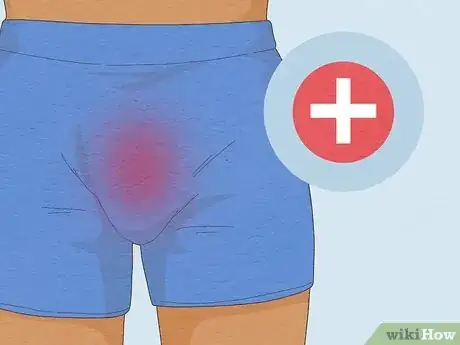

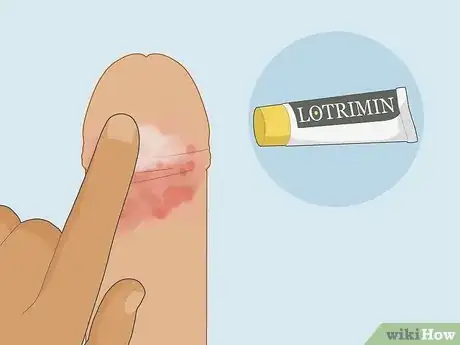



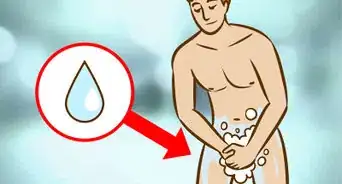
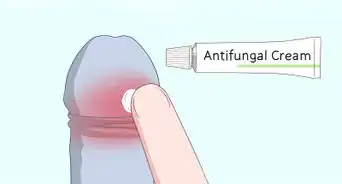
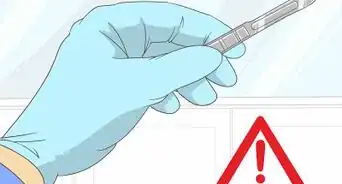

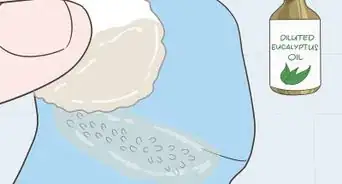
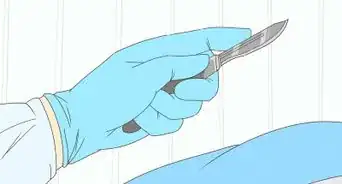



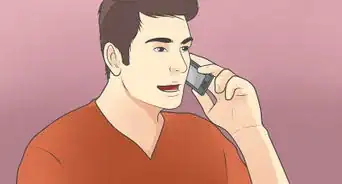
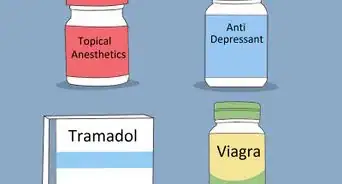

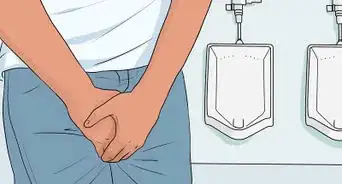
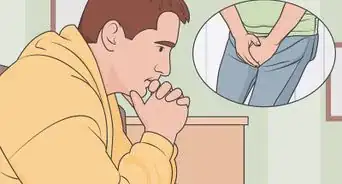








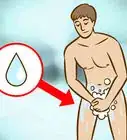
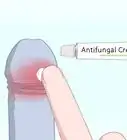





































Medical Disclaimer
The content of this article is not intended to be a substitute for professional medical advice, examination, diagnosis, or treatment. You should always contact your doctor or other qualified healthcare professional before starting, changing, or stopping any kind of health treatment.
Read More...